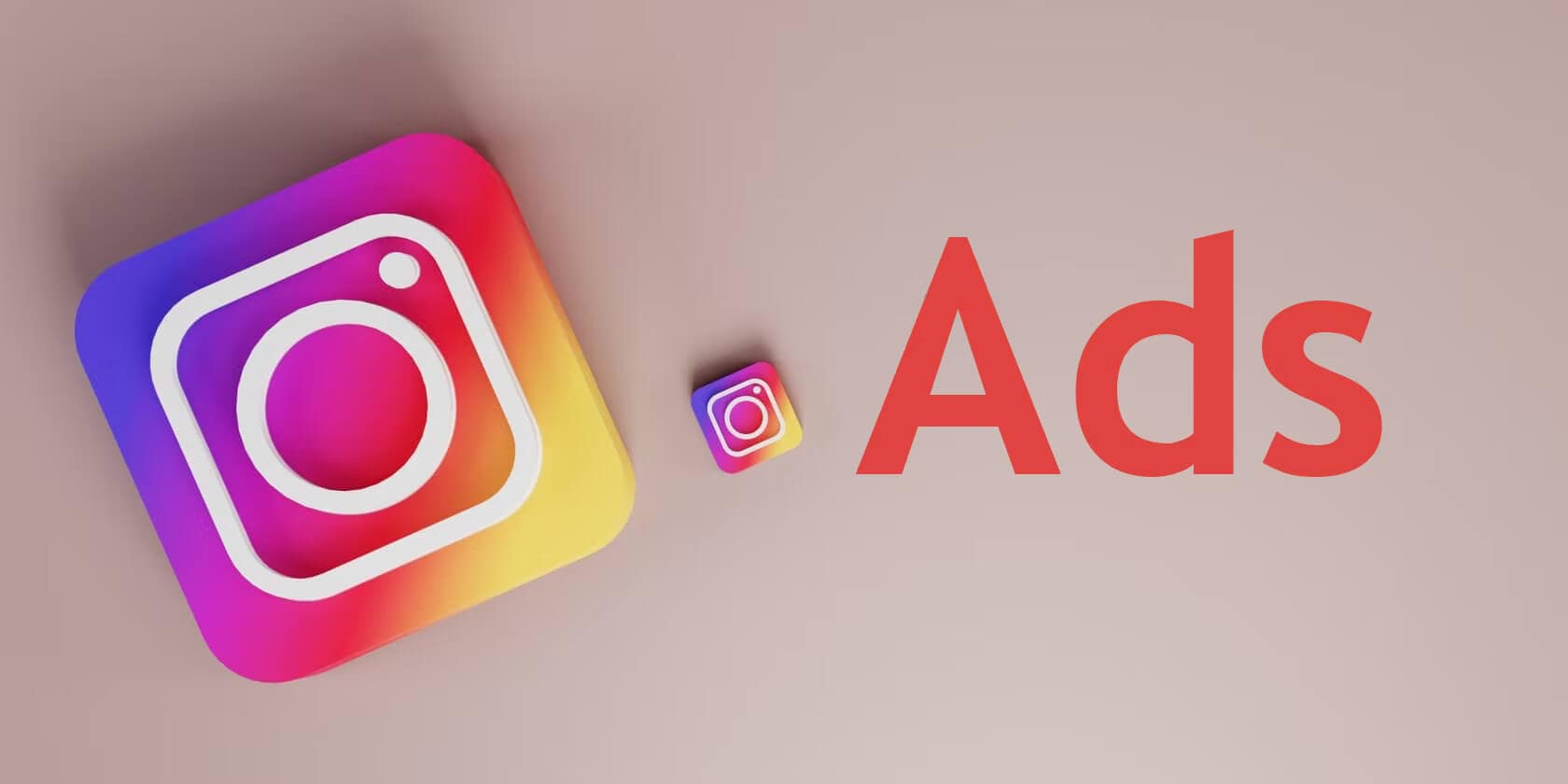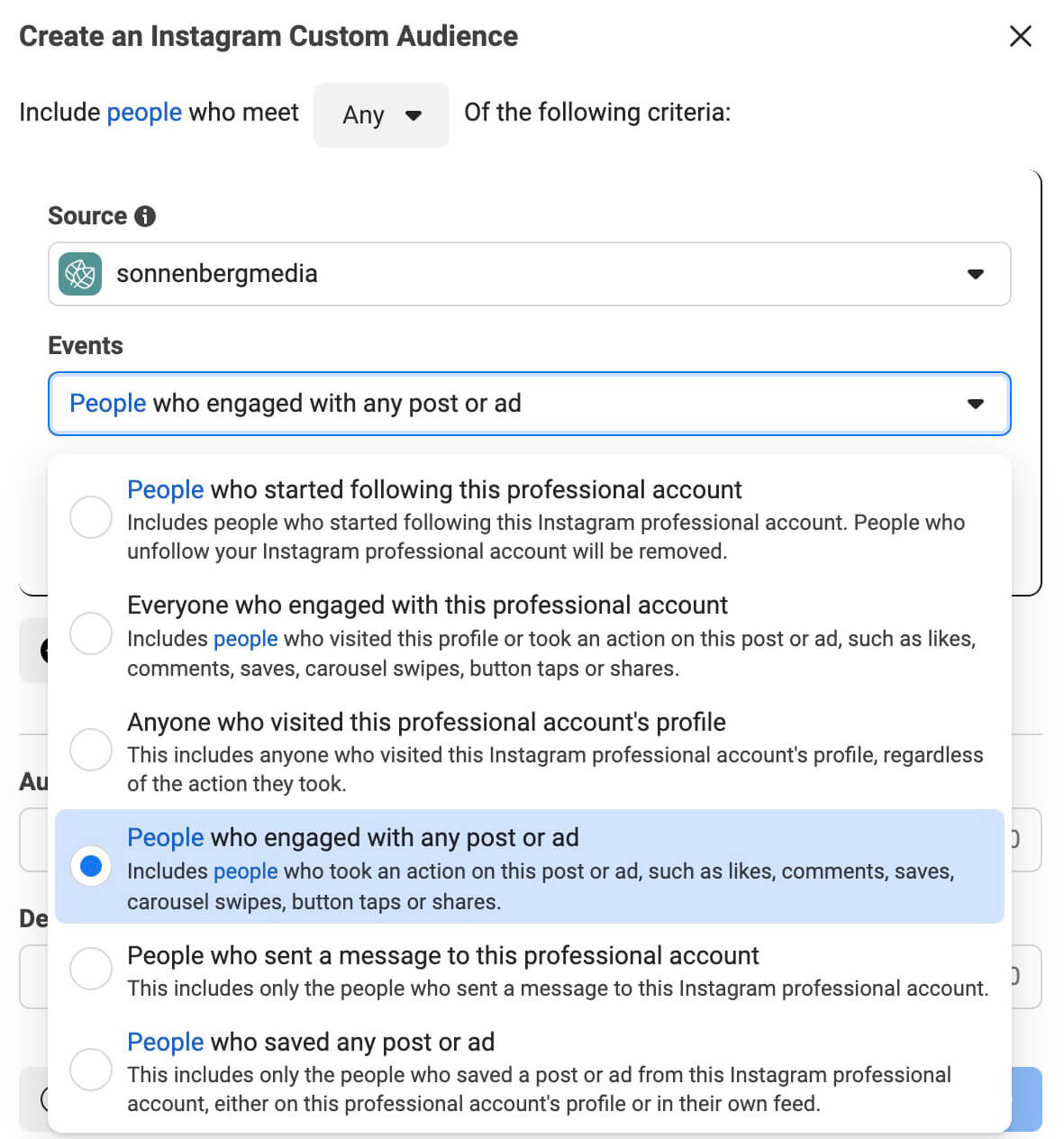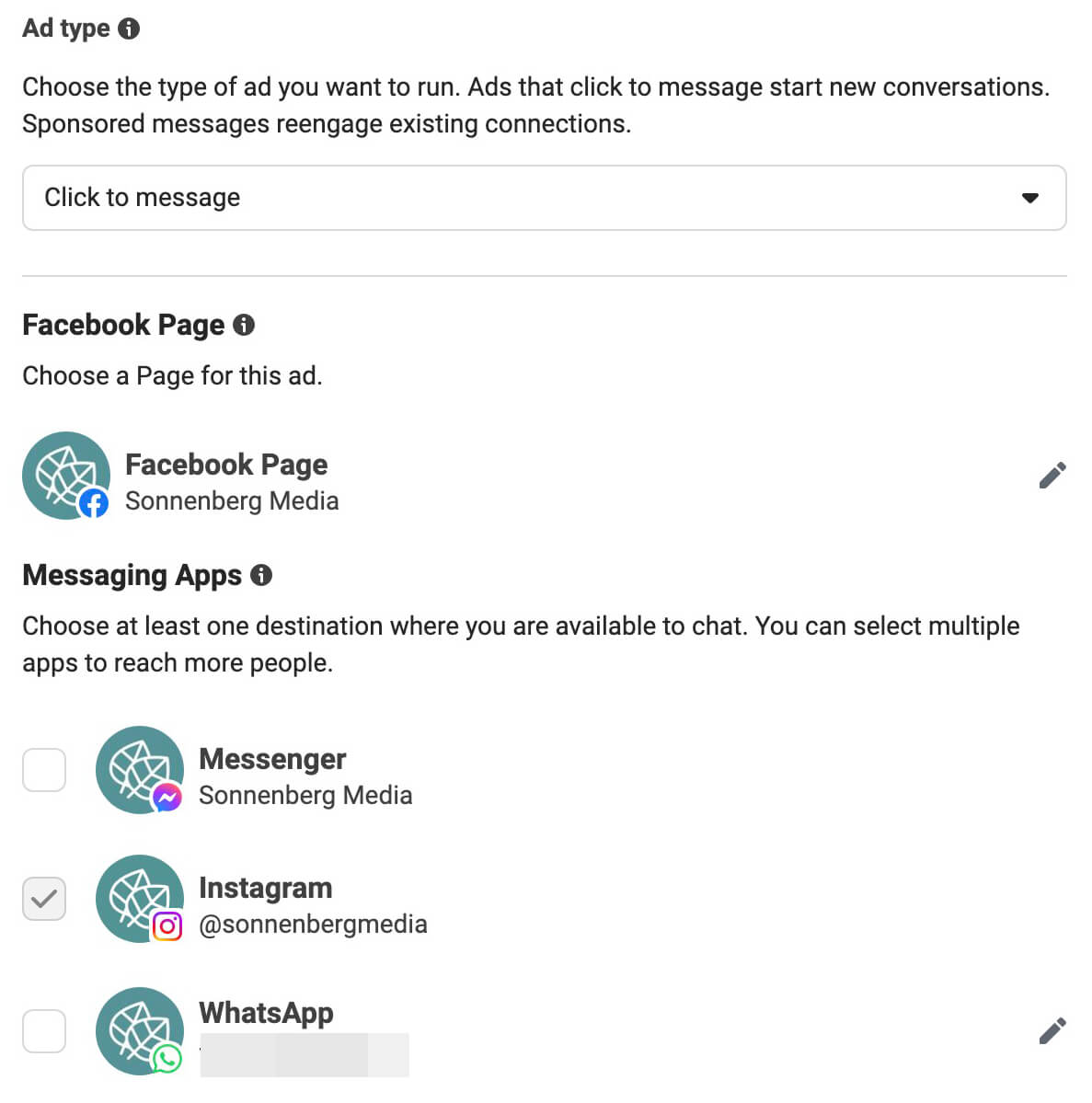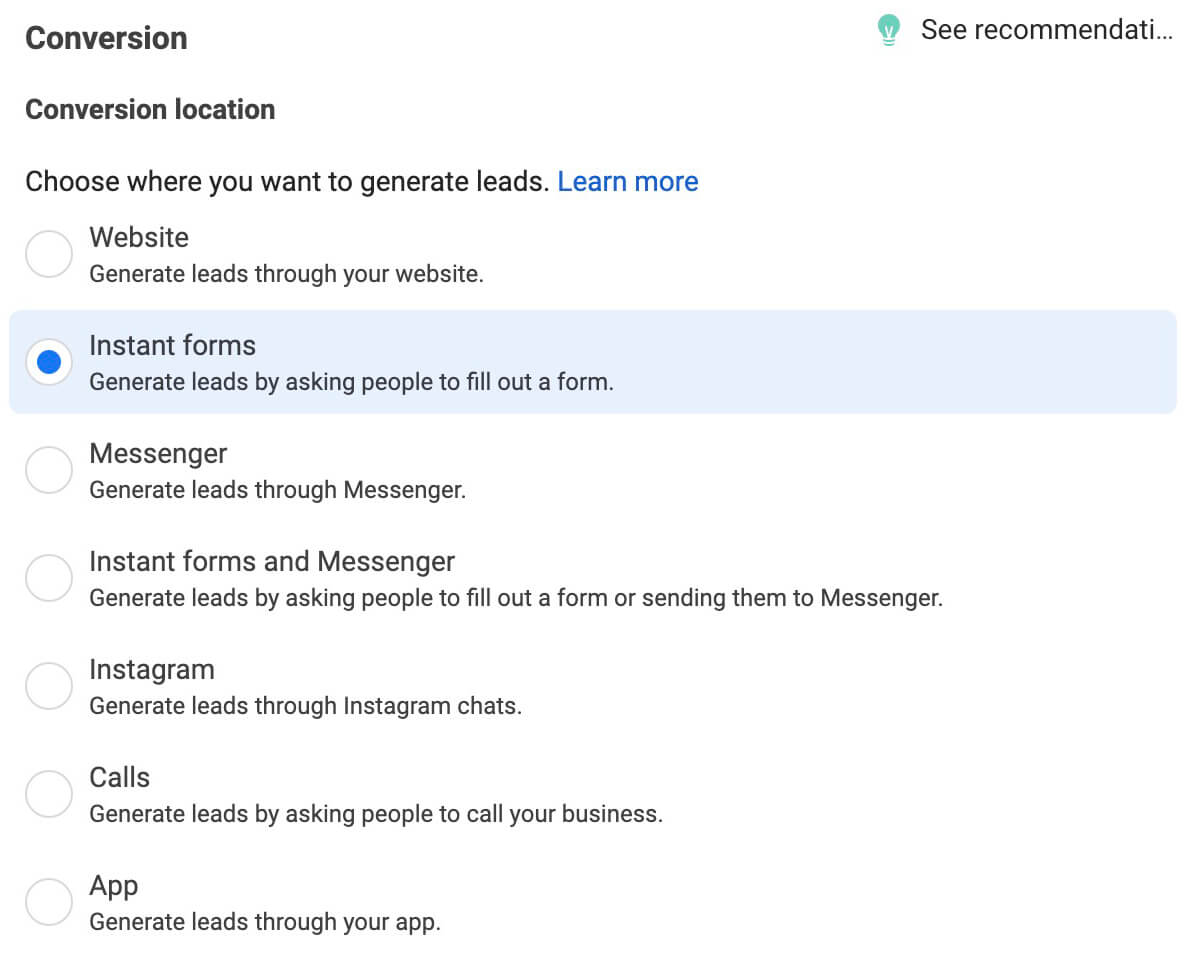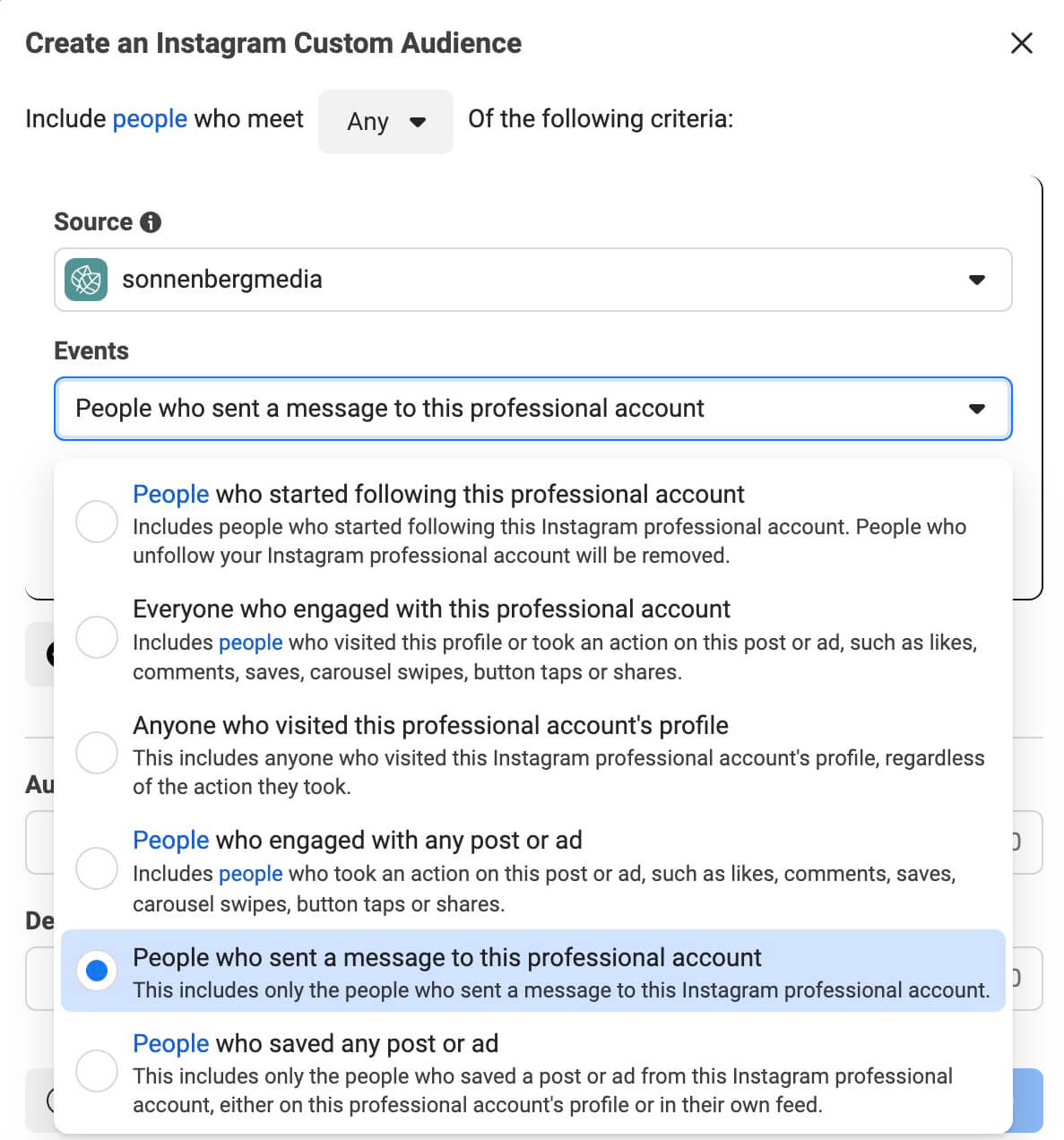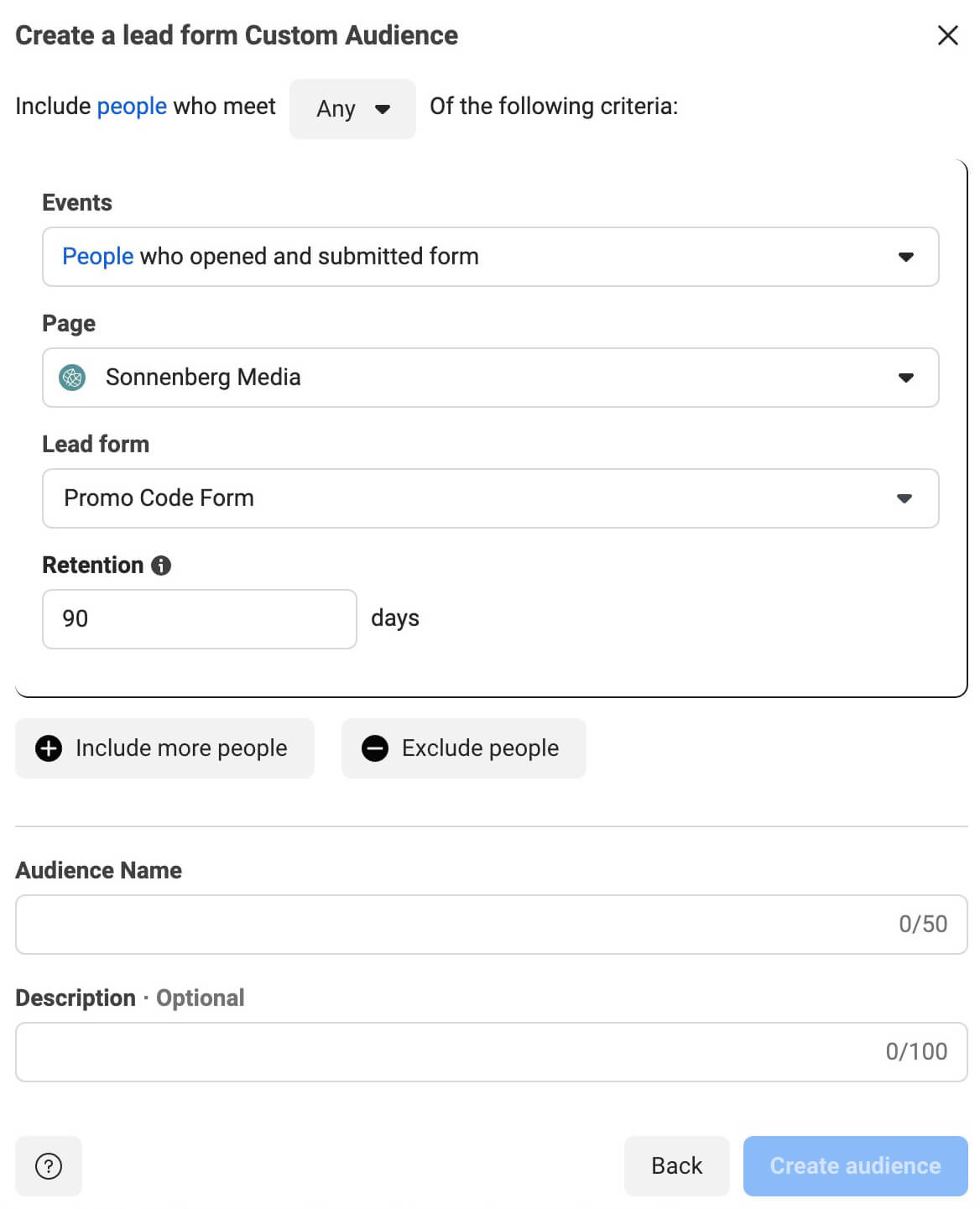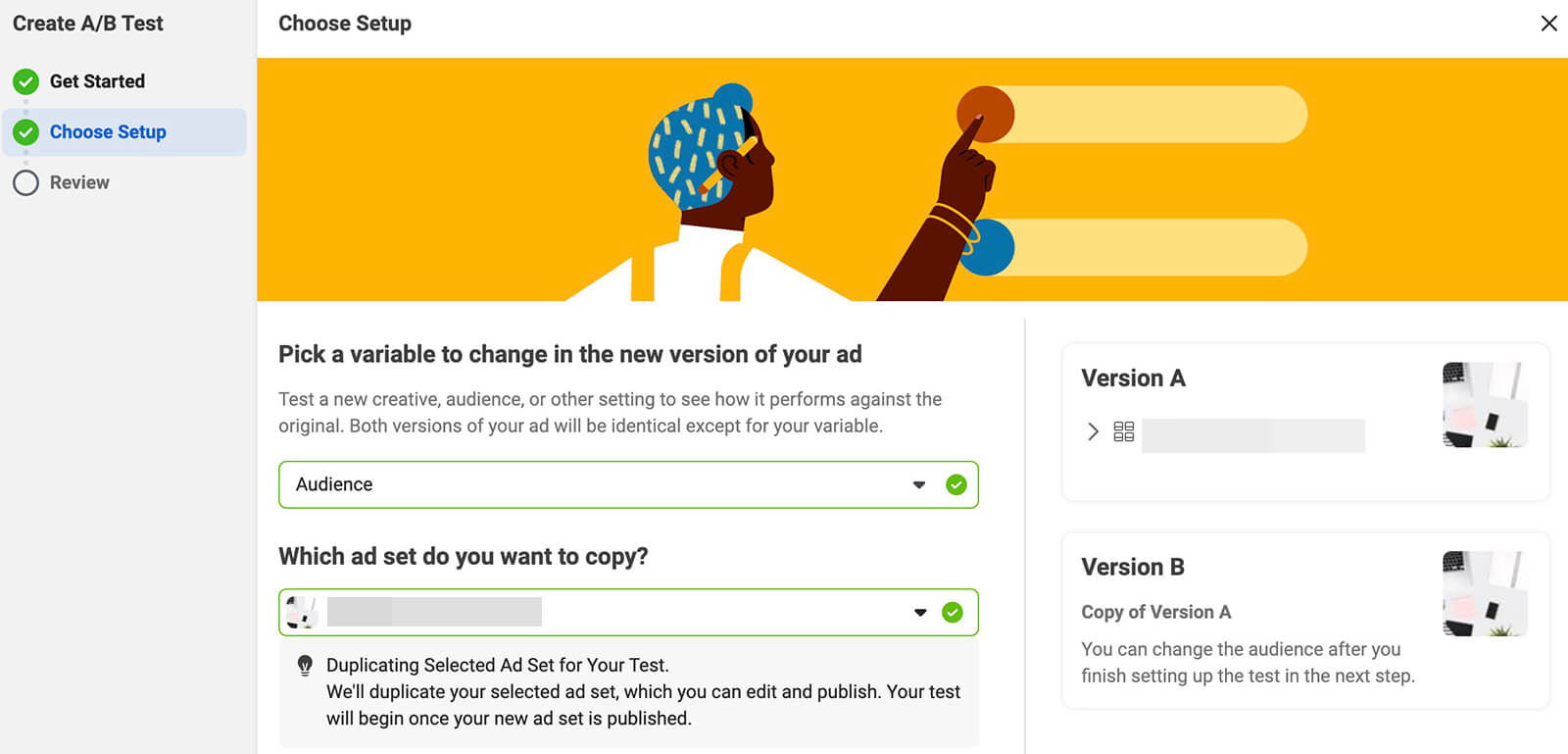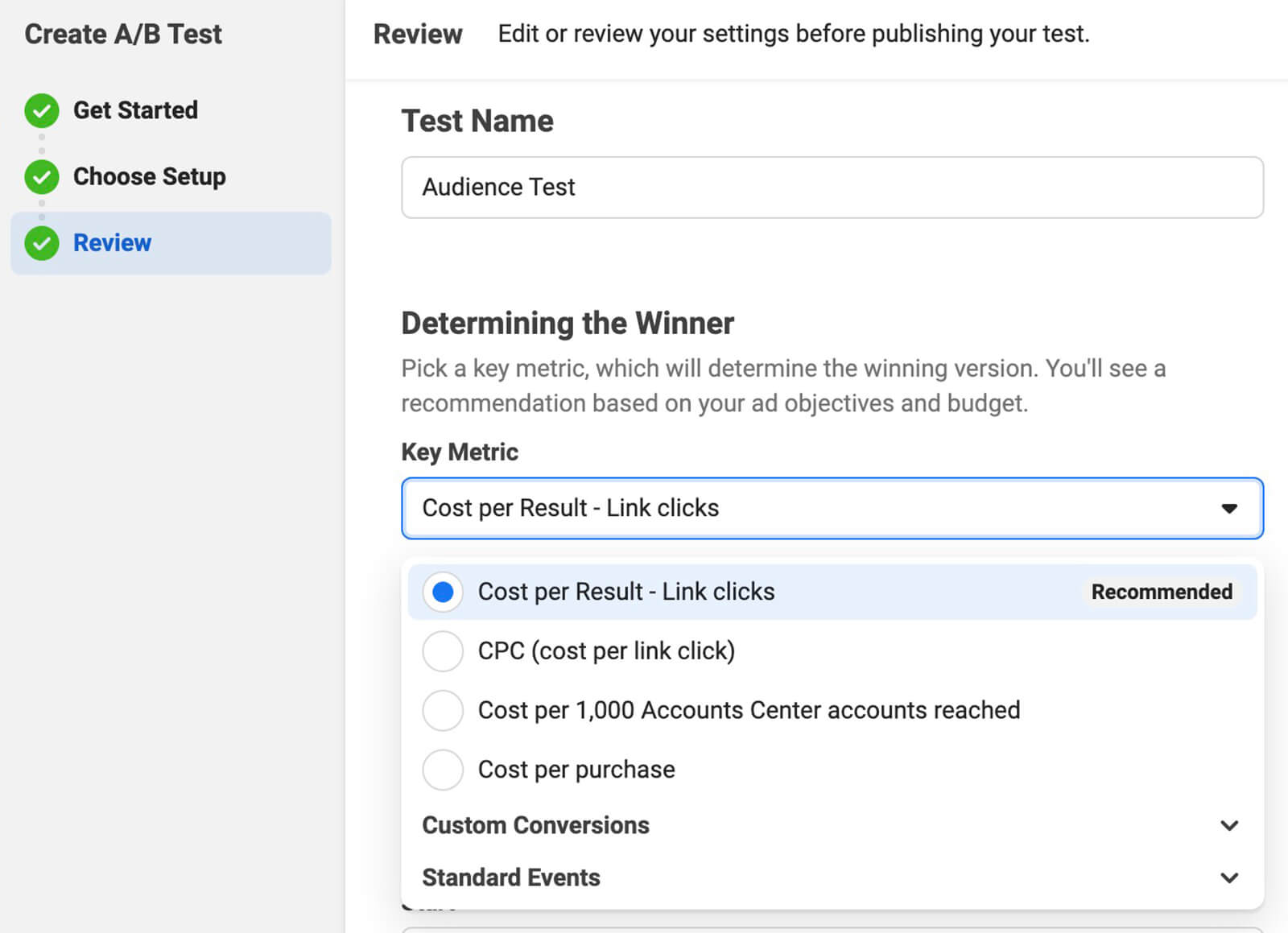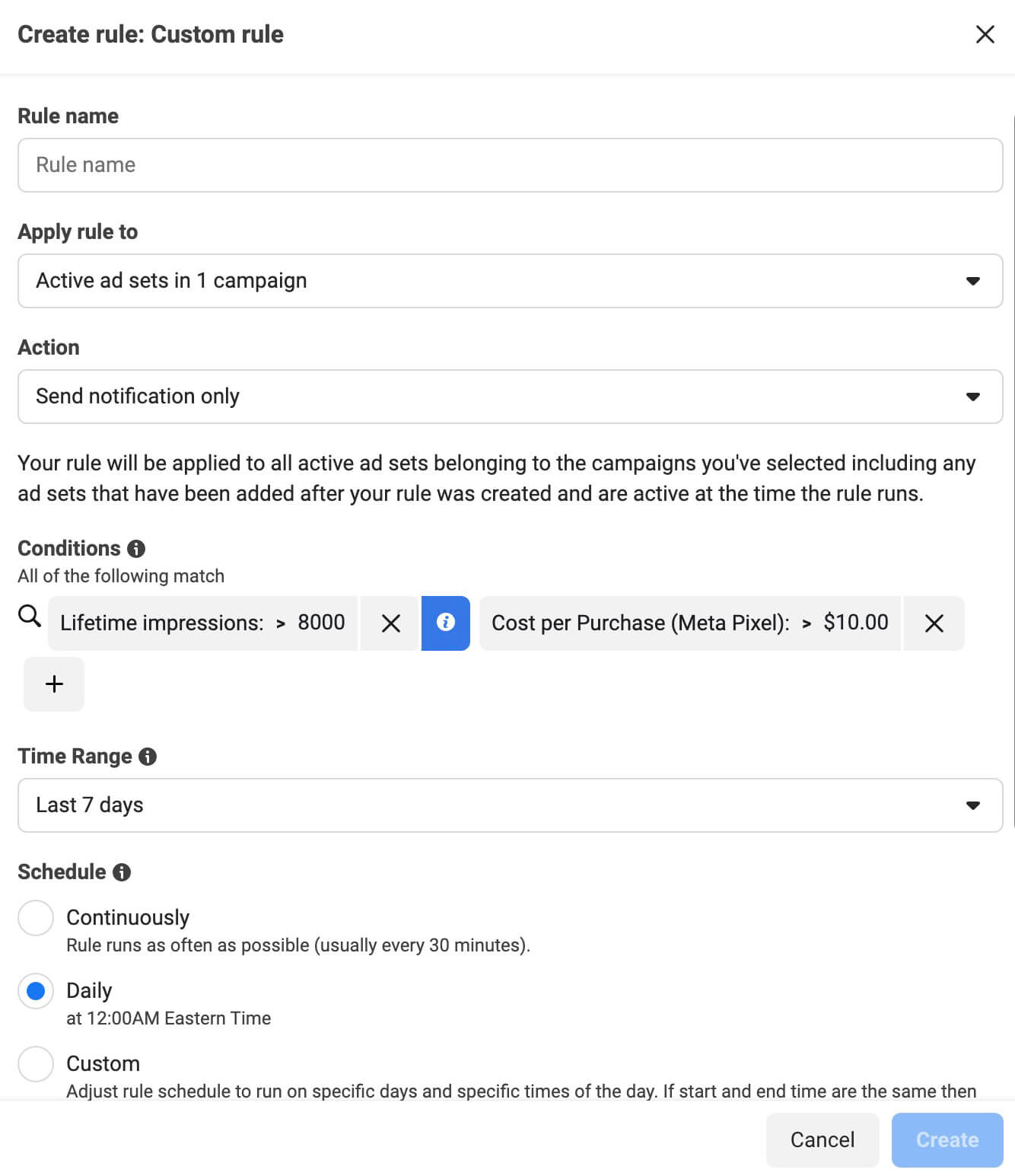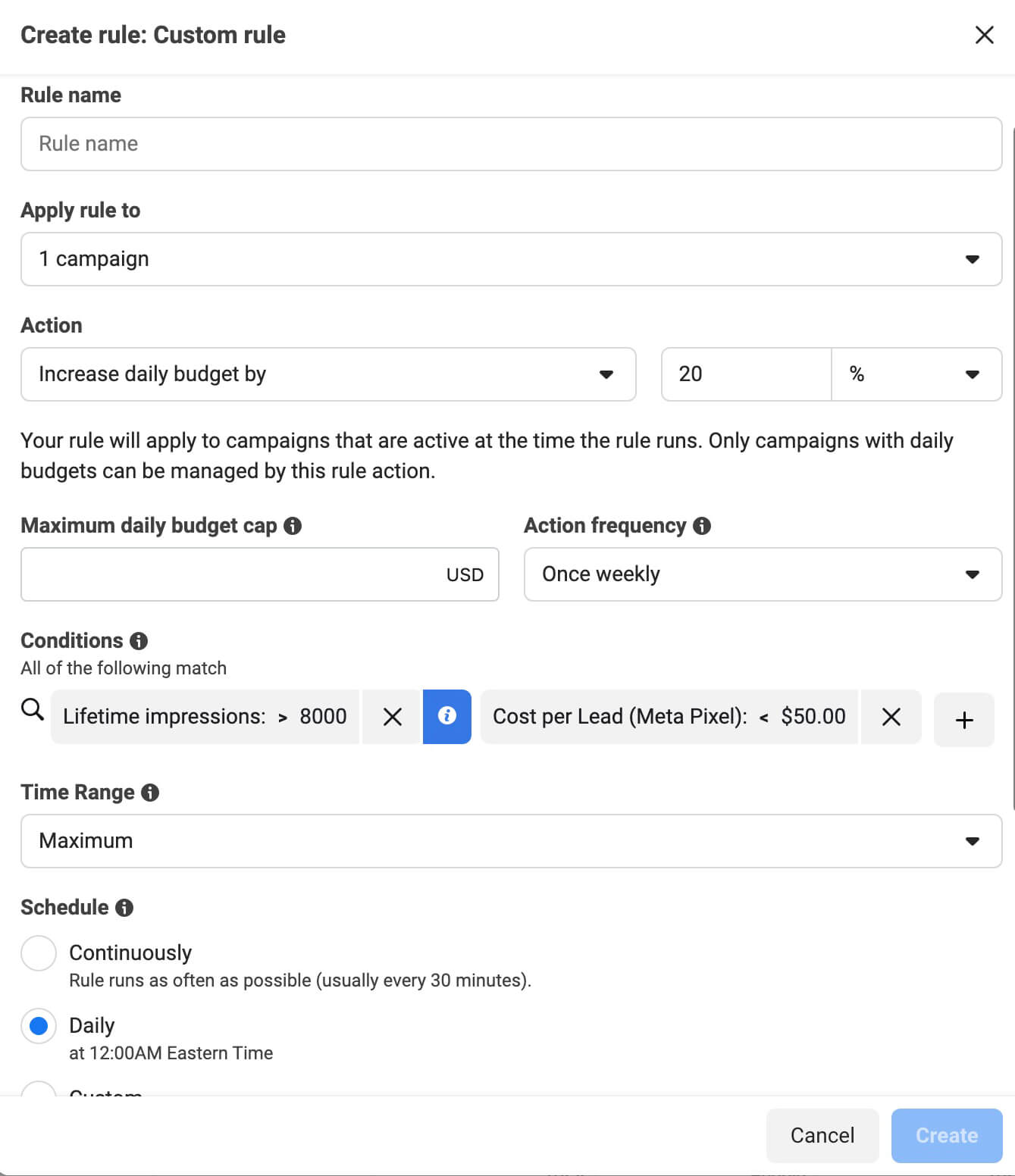Still, looking to setup the return on investment (ROI) of your advanced Instagram ads?
In this article, we will explore strategies for creating impactful Instagram ad audiences and funnels that effectively engage, nurture, and convert individuals on the platform.
How to Create an Engaging Audience?
You can retarget prospects who engaged with your ads using different methods. Create a custom audience and choose “Instagram Account” as the Meta source.
Select “People Who Engaged With Any Post or Ad” to target prospects who swiped through a carousel, liked an ad, or left a comment. Alternatively, choose “Everyone Who Engaged With This Professional Account” to target prospects who interacted with your content or Instagram profile.
Creating an Instagram engagement audience provides less control compared to video engagement audiences. You cannot target specific ads or organic post engagements.
To enhance the relevance of your engagement audiences, utilize insights from your TOFU ad breakdowns. Apply demographic settings to custom audiences for better targeting and improved ROI.
Why You Should Use Native Instagram Tools to Generate Interest?
Based on your offer, consider utilizing Ads Manager’s engagement or leads objectively’ to target middle-of-funnel (MOFU) customers. These objectives allow you to direct prospects from Instagram to your website.
However, for cost-effective conversions and precise retargeting audiences, optimizing for conversions on Instagram is recommended. For instance, you can use the engagement objective to initiate conversations with prospects through Instagram DMs.
At the ad level, design a message template that engages prospects and encourages consideration. The template can help qualify prospects, allowing you to focus resources on nurturing those who are a good fit for your offer.
If you select Ads Manager’s leads objective, you have two options for in-app conversions. You can generate leads through DMs or incorporate a native lead form into your ad, providing another retargeting opportunity in the lower part of the funnel.
#3: Use Instagram Ads to Retarget Prospects With Intent at the Bottom of the Funnel
After guiding engaged prospects through your ad funnel from awareness to conversion, it’s time to retarget prospects with intent. To maximize ROI, fine-tune and split-test your custom audiences.
How to Retarget Intent-Based Instagram Audiences
To effectively target bottom-of-funnel (BOFU) prospects, prioritize segments showing purchase intent. If you previously ran video ads for middle-of-funnel (MOFU) prospects, create new video engagement audiences for your conversion campaigns. Target those who watched all or most of your videos to ensure ad spending on engaged prospects.
If you engaged with MOFU prospects through DMs or native lead forms, you can also utilize these segments in your conversion campaigns. To retarget individuals who messaged you, select “Instagram Account” as the Meta source and choose “People Who Sent a Message to This Professional Account.”
You can be more specific with lead forms. From the list of Meta sources, select Lead Form. Then, from the list, select a lead form. The segment includes anyone who opened the form by default. Choose the People Who Opened and Submitted Form if you want to reach qualified leads with intent.
Ideally, your team has already contacted leads who filled out the form via email or phone. Prospects should be closer to making a decision and more prepared to convert by the time they see your BOFU ad.
Split-Testing Instagram Ad Audiences
Larger advertising audiences generally result in lower costs. While it may be tempting to increase audience size by targeting broadly or combining segments, this approach can affect BOFU results negatively.
BOFU audiences are naturally smaller, and expanding them may compromise outcomes. To determine the best-performing audience, utilize Ads Manager’s A/B Testing tool.
Select the desired ad set and access the Experiment tool. Compare it with another ad set or duplicate it for testing. Decide which variable to test, such as the audience, to gain insights.
Select the metric that will be used to determine the winner and ensure that it is relevant to the campaign. Use a metric like a cost per purchase when testing a sales campaign, for example. Include upper-funnel metrics in the report to get a complete picture of the ad set’s performance.
Once the test concludes, you’ll identify the ad set to prioritize for investment at the bottom of the funnel. Furthermore, you can leverage the results to enhance your campaigns across the entire funnel.
By understanding the most effective segment for conversions, you can evaluate the value generated by different MOFU and TOFU campaigns. This information enables you to optimize your strategies and allocate resources accordingly.
How to Optimize Your Instagram Ad Funnel Using Automated Rules
The initial setup of Instagram ads can be time-consuming. However, once your ads are up and running, you can minimize the need for constant monitoring. By utilizing automated rules in Ads Manager, you can receive notifications or take appropriate actions when ads are not meeting expectations.
To apply an automated rule to a specific campaign, access the campaign in Ads Manager and navigate to the Automated Rules tool. Create a custom rule that notifies you when performance falls below a specific threshold.
For instance, you can set up notifications for when the cost per lead or cost per purchase exceeds a predefined limit. This way, you can manually review the performance or choose to automatically turn off the ad set to avoid wasting ad spend.
To facilitate campaign scaling, automated rules can also be used to drive growth. Identify a desirable key performance indicator (KPI), such as when the cost per lead or cost per purchase reaches a specific threshold.
Then, configure the rule to increase the daily budget by 20% on a weekly basis. It’s important to note that scaling campaign budgets by more than 20% per week may trigger the ad sets to re-enter the learning phase. This can negatively impact ad set optimization and potentially compromise results.
Conclusion
When running sales campaigns targeting cold audiences, it’s common to experience inefficient allocation of your ad budget and unsatisfactory outcomes. However, by implementing to setup advanced targeting strategies in your Instagram ads funnel, you can create a highly effective funnel that maximizes your ROI and delivers the desired outcomes.

